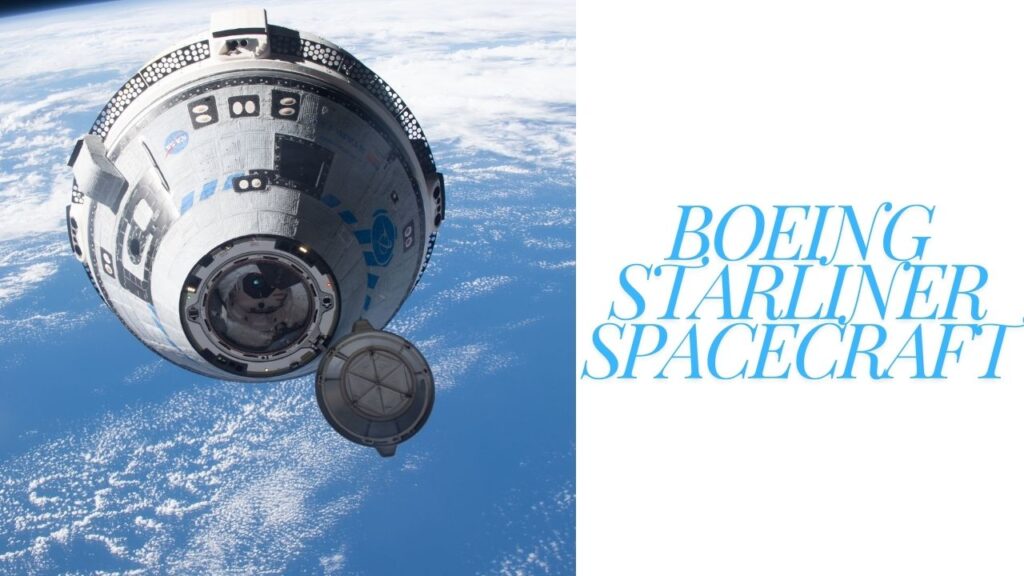The Boeing Starliner spacecraft has once more become subject to public scrutiny due to unexpected technical difficulties. Intended to serve as a milestone step forward for space exploration and NASA goals, its 2024 Starliner mission has since become marred with delays, leaving astronauts trapped for far longer than planned in space. Here we explore key developments regarding the 2024 mission including political implications as well as what this all means for space travel in general.
Why Did the Boeing Starliner Mission Fail to Debut on Time?
On June 5, 2024, NASA astronauts Butch Wilmore and Sunita Williams embarked upon their Boeing Starliner mission, intended to spend eight days conducting scientific research and essential maintenance operations at the International Space Station (ISS). Unfortunately, technical issues quickly developed upon launch that forced NASA to change their return date significantly; what should have been an 8-day stay now won’t return home until February 2025!
NASA revealed that the Starliner had experienced mechanical issues that compromised its propulsion system and left it unsafe for reentry – this being an unexpected blow given that NASA had conducted rigorous tests of reliability before launch. Wilmore and Williams remain positive and continue working at ISS while assuring the public of their health status.
However, Boeing’s spacecraft remains under investigation to assess their readiness and take all precautions against similar problems during future missions – potentially jeopardizing NASA’s ambitious space exploration mission schedules. The lengthy stay raises doubts as to its preparedness as well as future Starliner missions potentially being affected by similar issues resulting in delays of their own.
What Are the Political Controversies Surrounding the Starliner Mission?
The Starliner’s delayed launch has drawn widespread media and political scrutiny as its delayed mission has brought into focus both its spacecraft, NASA operations, and those overseeing them – particularly Vice President Kamala Harris of the National Space Council who has faced scrutiny by various quarters, and legal actions launched against NASA by Heritage Foundation’s Oversight Project seeking transparency into communication channels between NASA, government officials such as Harris, and NASA officials (specifically Harris).
Critics assert that the Starliner mission may have been undercut by political interests rather than solely emphasizing astronaut safety and mission objectives. Mike Howell, leading a legal challenge on this matter, pointed to delayed responses and Harris’ limited public engagement on it as signs that political manoeuvring might have taken place behind the scenes; further claiming the administration downplayed or ignored what had transpired while calling for further investigations of its decision-making processes.
NASA maintains that Harris and other government figures were kept informed throughout her mission and decisions about Starliner; however, her silence about it has led to much speculation and intensified political discussions regarding its performance.
How are Astronauts Coping With their Extended Stay?
Even amid technical problems and political tension on Earth, Wilmore and Williams remain focused on their mission on board the International Space Station. Both professionals boast extensive aviation and space exploration backgrounds – taking this unexpected extension in stride by employing their time productively by continuing research tasks or supporting maintenance operations aboard ISS.
Wilmore and Williams have expressed optimism during interviews, emphasizing their faith in NASA and Boeing to ensure a safe return. Williams noted how additional time in space allowed him to focus on long-term experiments that might yield valuable scientific data; both astronauts also appreciated receiving support from the NASA ground team that helped keep them mentally and physically prepared for an extended mission.
Another extraordinary aspect of their extended stay is their decision to participate in the U.S. presidential election by requesting absentee ballots so they can cast their vote from space – further showing their dedication and civic responsibilities even while so far away from Earth.
Will SpaceX’s Dragon Spacecraft Be Used to Return Wilmore and Williams Home Safely?
Given Boeing Starliner’s current difficulties, NASA is considering SpaceX’s Dragon spacecraft as their best possible means for returning Wilmore and Williams safely home to Earth. SpaceX has already proven their reliability multiple times through successful missions with this spacecraft; giving NASA confidence that SpaceX’s Dragon capsule should serve them during this rescue mission.
The decision to select Dragon highlights the growing reliance of private space companies over time in space exploration. Though Boeing still plays an essential role, their struggles with Starliner has allowed SpaceX to establish itself as a trustworthy alternative, potentially impacting future NASA missions with Dragon becoming the preferred craft for crewed missions to and from ISS.
SpaceX’s involvement in this mission serves as a clear indication that space exploration in the coming decades may increasingly rely on competition between private companies. While NASA remains committed to working closely with both Boeing and SpaceX, their lessons learned during Starliner could potentially impact future spacecraft designs or mission planning processes.
What Does the Future Hold for Boeing Starliner?
While technical failures of the Starliner may cast doubt over its 2024 mission, Boeing remains committed to space exploration. They have committed to address any problems with it as soon as the astronauts return safely from space exploration; once their systems have been tested again. Lessons learned could assist future spacecraft development more reliably and efficiently than before.
Political implications of this delay remain difficult to anticipate, although Vice President Harris may come under increased scrutiny regarding her oversight of this mission, particularly as more details emerge from legal actions filed by Heritage Foundation against her. How this impacts public sentiment surrounding space policy remains to be seen.
At its heart, the success or failure of Starliner will depend on how Boeing and NASA approach its aftermath. Both organizations remain dedicated to making sure Wilmore and Williams arrive back safely home, while SpaceX and NASA working collaboratively show a coordinated effort toward finding solutions.








